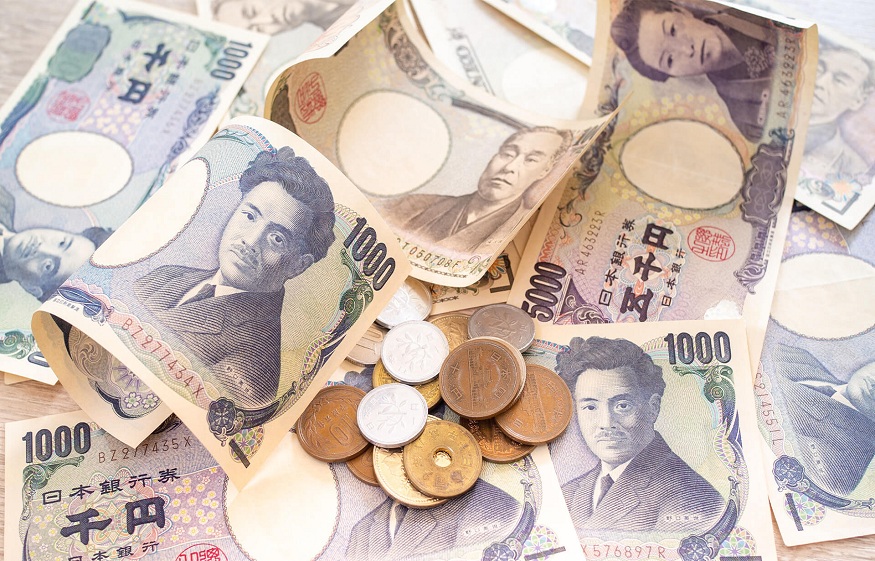Kavan Choksi Shares Insights About The Glorious History of The Japanese Yen
The Yen is the legal tender of Japan, and until 1954, it used to be divided into 1000 rin and 100 sen. These small denominations were abolished from circulating in the nation in that year. Though Japan was hit badly by the Second World War and faced destruction, it miraculously became a strong economy in the later phase of the 20th century. It was during this period that the Japanese Yen became a potent currency of the globe challenging its peers, the US dollar and the pound sterling, in global markets. The currency symbol of the Japanese Yen is ¥, and its name is derived from the ancient word in China called Yuan or round coins in English.

Kavan Choksi speaks on the evolution of the Japanese Yen
According to business and finance expert Kavan Choksi, the Japanese Yen was minted for the first time in 1869 after the Meiji Government came into power. It was adopted officially as the legal tender of the monetary reform system in Japan in 1871. In that same year, the Government abolished the exchange of paper money and clan notes that the feudal lords of the nation used and circulated in the country since the later part of the 16th century.
The currency notes that belonged to the Tokugawa Era
According to a survey conducted by The Ministry of Finance in 1868, there was a total of about 1,694 clan money denominations that were released in the nation by 244 clans, nine shogunate retainers, and fourteen magistrate offices during the Tokugawa Era (1603 to 1867). The replacement of the above clan notes had been completed by 1879 by the Meiji Government with Yen currency notes.
The Yen currency today
Today, the Bank of Japan has the authority to issue Yen currency notes, and they are given in denominations from 1000 to 10,000 in value. On the obverse of the currency, bill are pictures of prominent cultural people of Japan.
For instance, the picture of the renowned bacteriologist Hidevo Noguchi is printed on the 1000 Yen currency bill, and famous author Murasaki Shikibu who popular GenjiMonogatari or The Tale of Genji is considered to be one of the oldest novels in the world, appears on the 2000 Yen currency note, and celebrated educator and author, FukuzawaYukichi who was one of the most potent non-government personalities of Japan, appears on the 10,000 Yen currency bill. The denominations of coins in Japan range from 1 to 500 Yen.
According to business and finance expert Kavan Choksi, the weight of the 1 Yen coin is one gram, and the image found on the reverse side of the 5000 Yen currency bill is the famous painting called “The Kakitsubata Flowers” by celebrated artist ŌgataKōrin. Another noteworthy point with the Japanese Yen is that its higher denominations are counted in multiples of 10,000, whereas in most Western nations, the currency is estimated by 1000.
Last but not least, the Japanese Yen is one of the most challenging notes to counterfeit because of its advanced security features. No one can copy or make these notes except the official channels of the Government of Japan.
